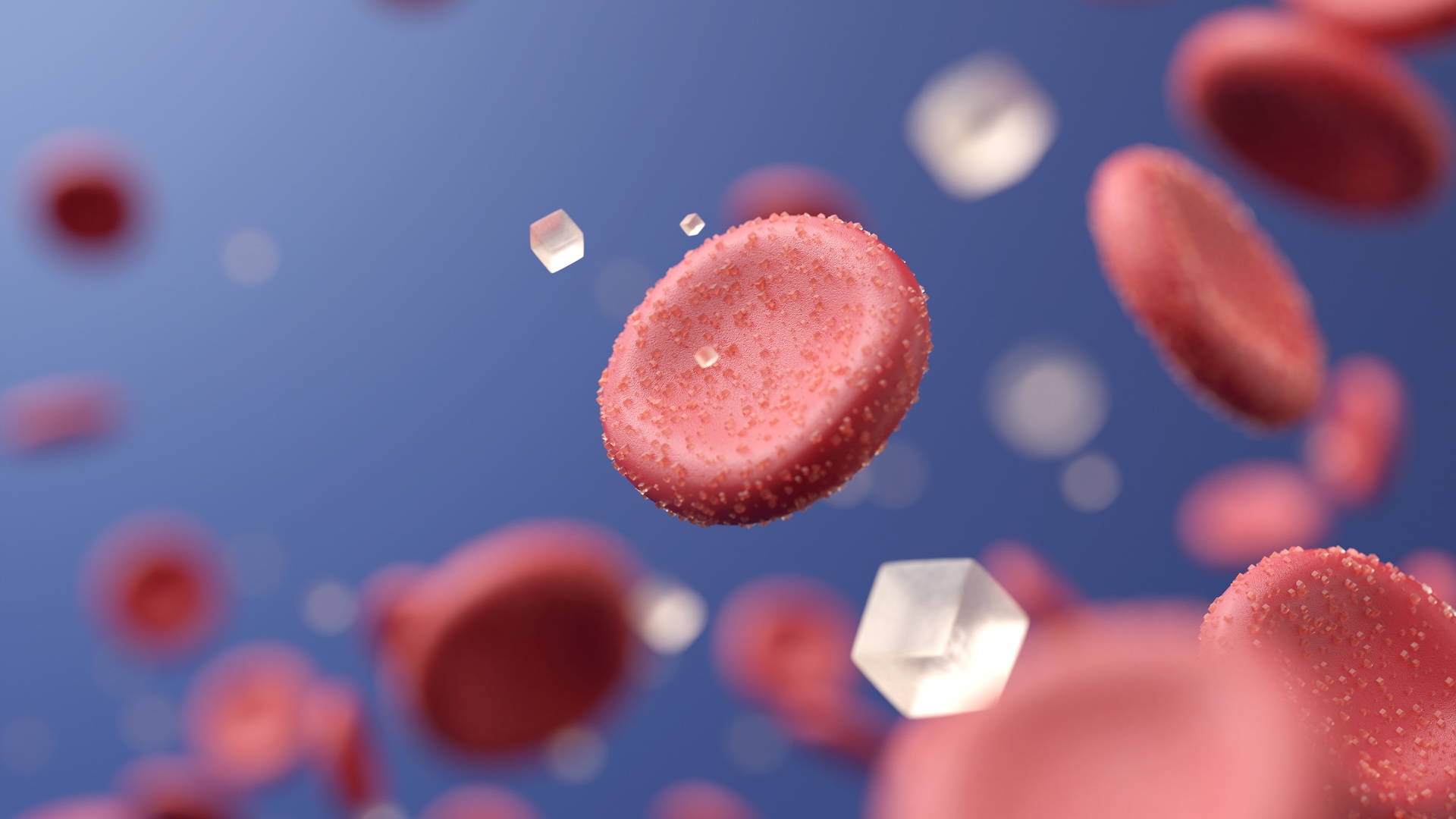Underwater Gallery: Diving Spiders
Head Case
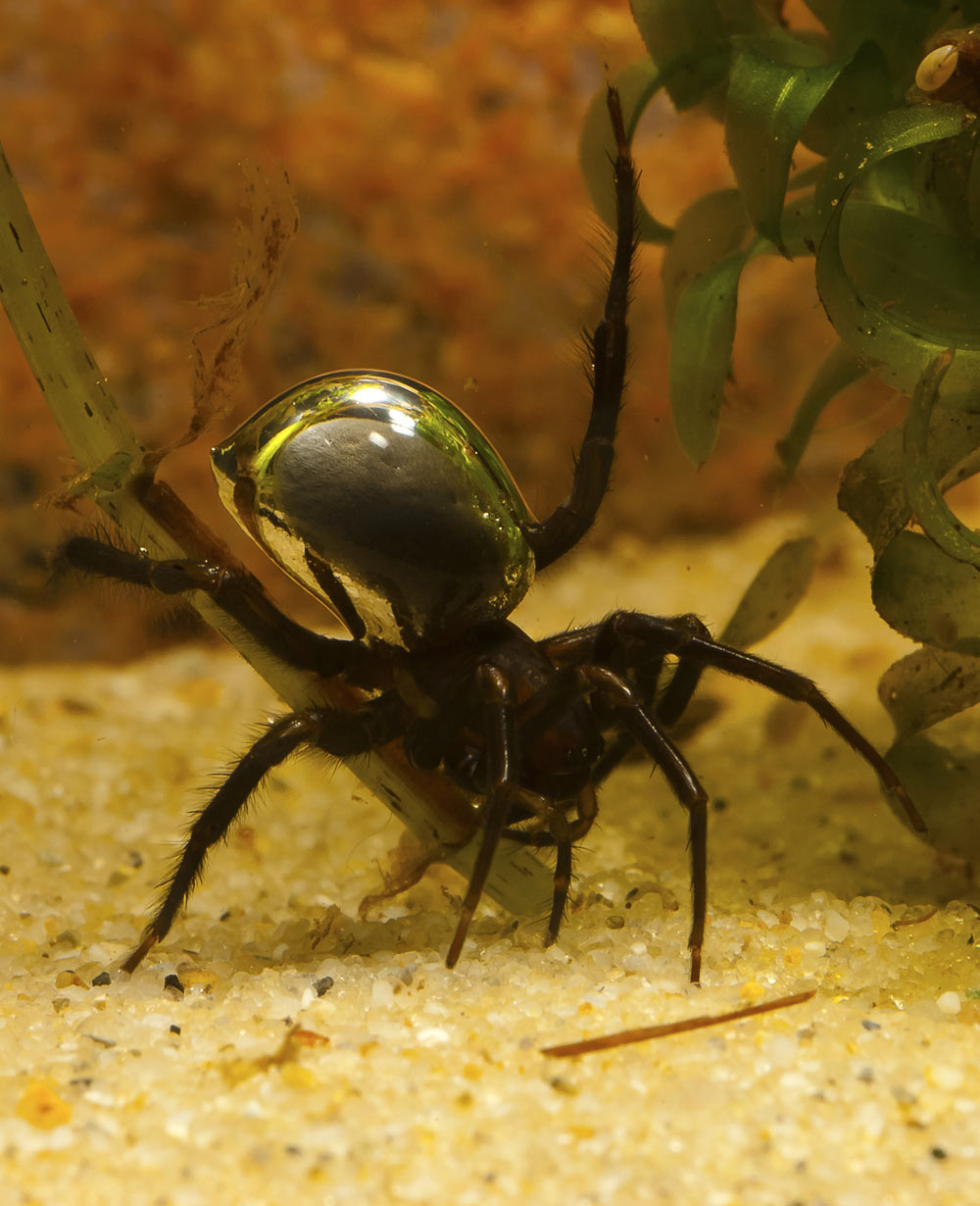
The air-bubble chamber can be small and fit just the spider's abdomen (shown here) with its legs and thorax hanging out, or it can enclose the entire animal.
Underwater Spider
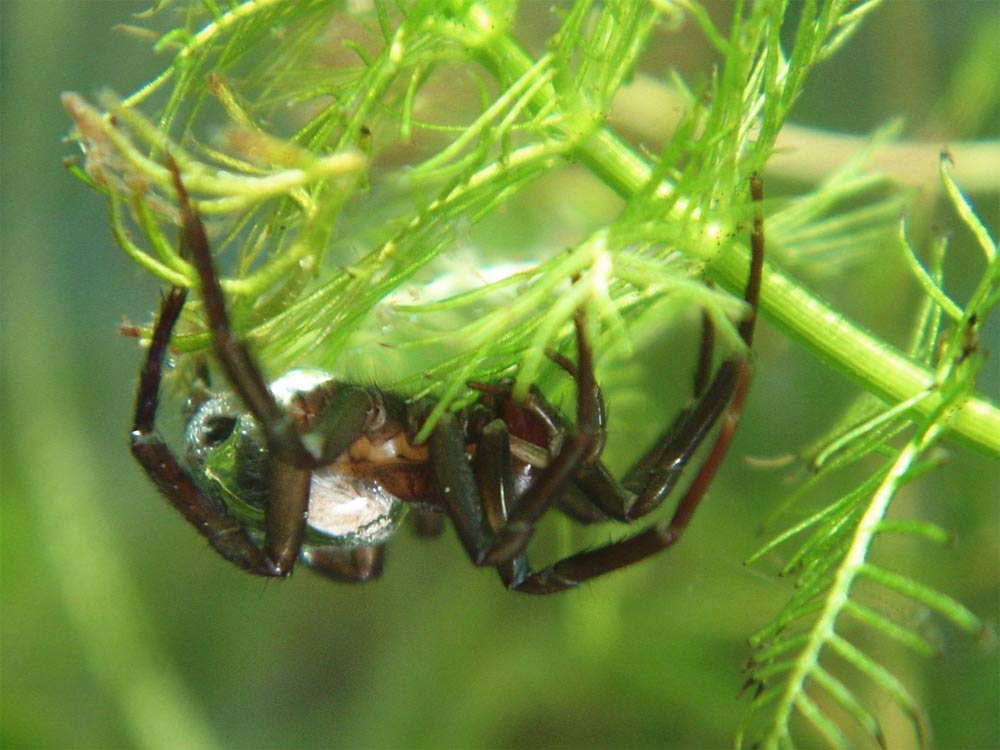
A diving bell spider, Argyroneta aquatica, shown here on underwater vegetation.
Gotcha!
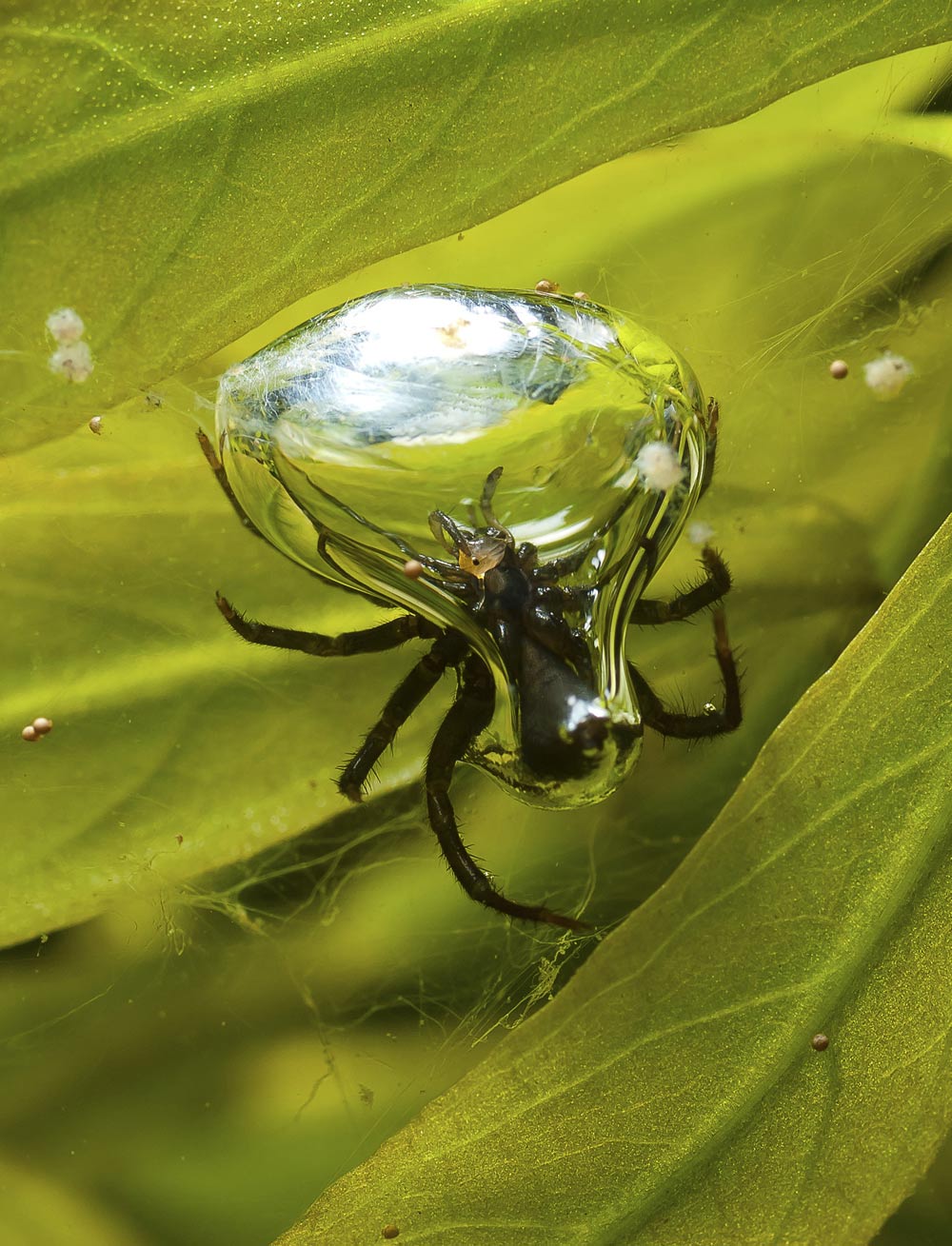
A diving bell spider has snagged a water flea and is consuming the prey inside the air-bubble chamber.
Arachnid Mama

A female diving bell spider maintains her egg coccoon within the air chamber she has created within a silken web.
Coccoon Chamber
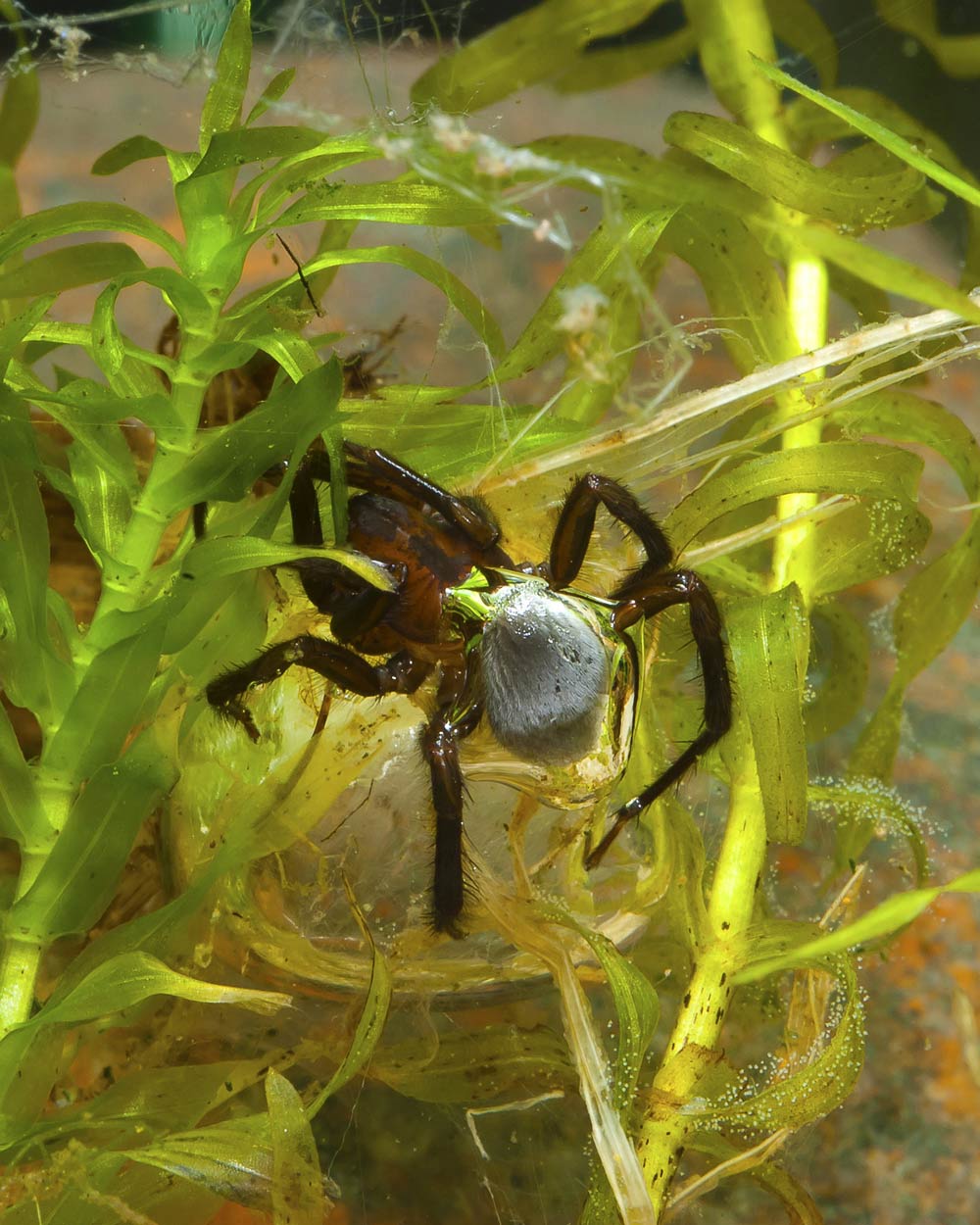
Here, a female diving bell spider has her egg cocoon enclosed within the air bubble attached to her silk web. When the eggs hatch, the little ones will immediately form their own air chambers.
Sticky Air
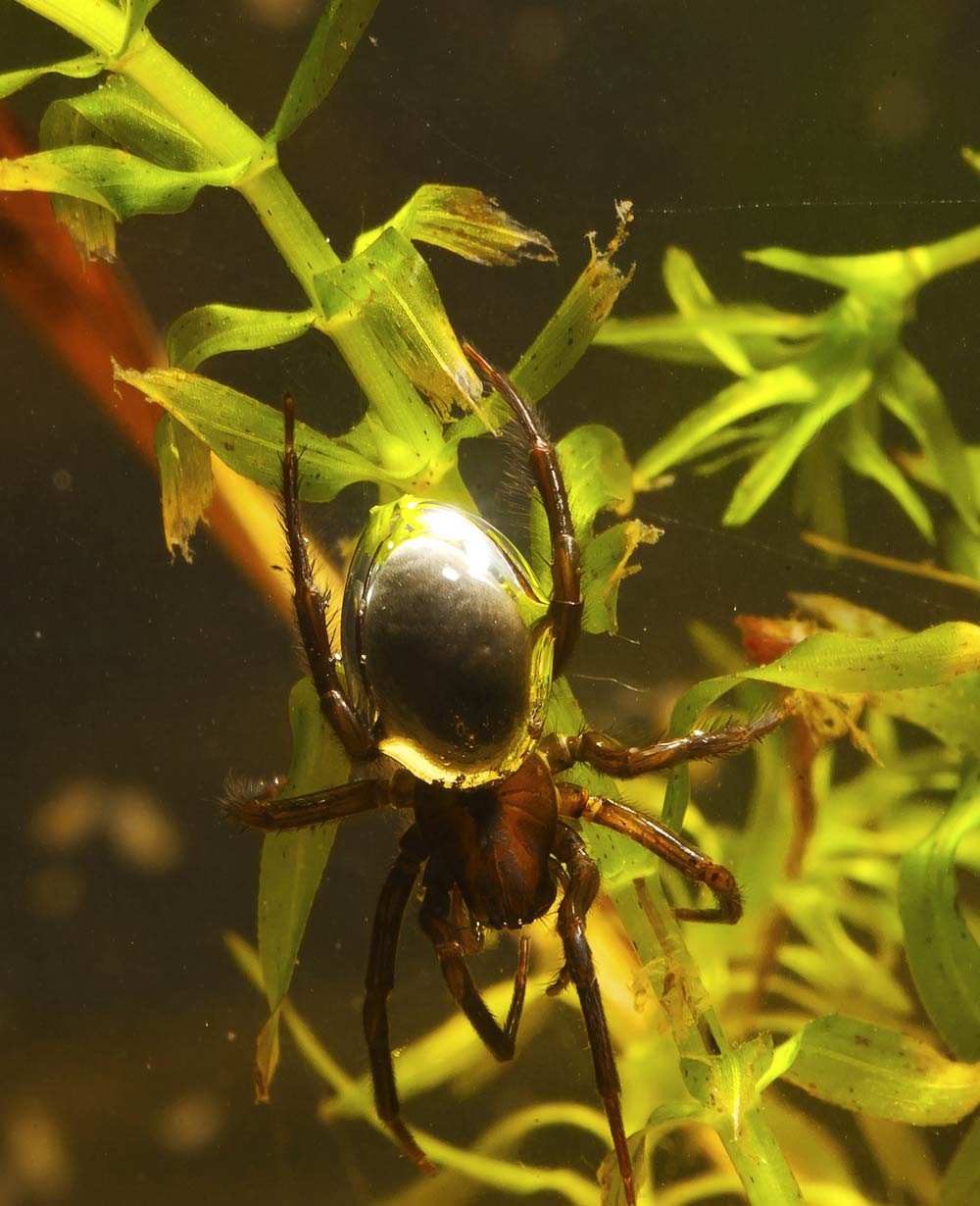
Diving bell spiders, like this one, create their chamber by collecting a large air bubble from the surface, which they bring underwater and attach to a silk web connected to pond vegetation.
Get the world’s most fascinating discoveries delivered straight to your inbox.
Jeanna Bryner is managing editor of Scientific American. Previously she was editor in chief of Live Science and, prior to that, an editor at Scholastic's Science World magazine. Bryner has an English degree from Salisbury University, a master's degree in biogeochemistry and environmental sciences from the University of Maryland and a graduate science journalism degree from New York University. She has worked as a biologist in Florida, where she monitored wetlands and did field surveys for endangered species, including the gorgeous Florida Scrub Jay. She also received an ocean sciences journalism fellowship from the Woods Hole Oceanographic Institution. She is a firm believer that science is for everyone and that just about everything can be viewed through the lens of science.
